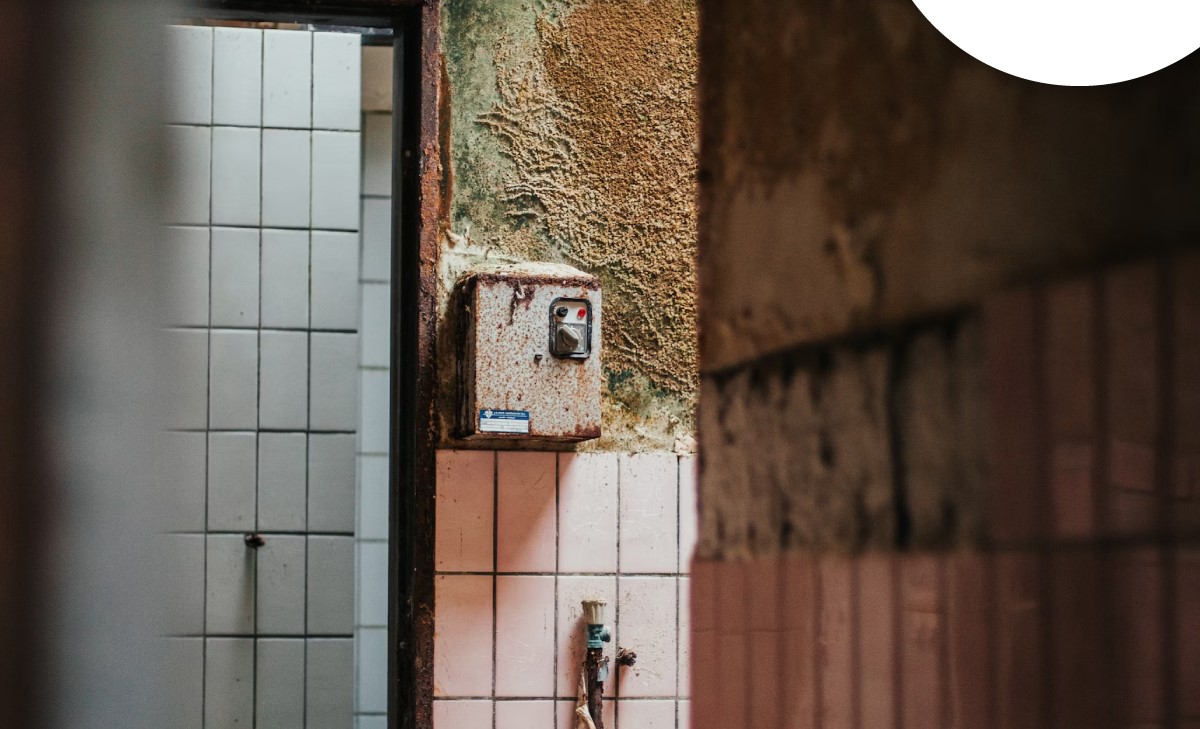Mold, an unwelcome guest in many households, can be a persistent problem if not addressed promptly and effectively. Understanding the different types of household molds and knowing how to deal with them is crucial for maintaining a healthy living environment. In this blog post, we’ll explore some common household molds and discuss practical strategies for mold removal in Toronto.
Types of Common Household Molds:
- Cladosporium:
Often found on fabrics, carpets, and upholstery.
Remediation: Regular cleaning, reducing indoor humidity, and proper ventilation.
- Aspergillus:
Commonly found on dust, building materials, and in air conditioning systems.
Remediation: Addressing water leaks promptly, improving ventilation, and using air purifiers.
- Stachybotrys (Black Mold):
Thrives in damp areas with water damage, such as flooded basements or leaky roofs.
Remediation: Immediate removal of contaminated materials, fixing water issues, and ensuring proper ventilation.
- Penicillium:
Often found on water-damaged materials, wallpaper, and carpeting.
Remediation: Removing affected materials, repairing water damage, and maintaining proper humidity levels.
- Alternaria:
Common in damp areas like bathrooms and kitchens, as well as on window sills.
Remediation: Regular cleaning, reducing humidity, and improving ventilation in affected areas.
Effective Strategies for Dealing with Household Mold:
- Identify and Address the Source:
Before tackling mold remediation in Toronto, identify and address the source of moisture. Whether it’s a leaky roof, plumbing issues, or poor ventilation, fixing the root cause is essential for preventing mold recurrence.
- Protective Measures:
Prioritize safety by wearing protective gear such as gloves, masks, and goggles during the remediation process to minimize exposure to mold spores.
- Isolation of Affected Areas:
Isolate the affected areas to prevent the spread of mold spores to other parts of the home. Use plastic sheeting and tape to seal off the workspace.
- Proper Ventilation:
Improve ventilation in affected areas by using fans and opening windows. Adequate airflow helps reduce humidity and accelerates the drying process.
- Use of Mold-Resistant Products:
Consider using mold-resistant materials in areas prone to moisture, such as bathrooms and basements. These materials are designed to inhibit mold growth and make cleaning easier.
- Natural Remedies:
Utilize natural remedies like white vinegar, baking soda, or tea tree oil, known for their antimicrobial properties. These can be effective for small-scale mold problems.
- Professional Assistance:
For extensive or recurring mold issues, seek professional assistance. Certified mold remediation experts have the knowledge and tools to address complex situations and ensure thorough mold removal.
- Regular Cleaning and Maintenance:
Adopt a proactive approach by incorporating regular cleaning and maintenance practices. This includes promptly fixing leaks, cleaning gutters, and monitoring indoor humidity levels.
Dealing with common household molds requires a combination of vigilance, prompt action, and effective remediation strategies. Whether opting for DIY solutions or seeking professional help for mould removal in Toronto, the key lies in addressing the root causes and taking consistent steps to prevent mold from becoming a recurring issue.

